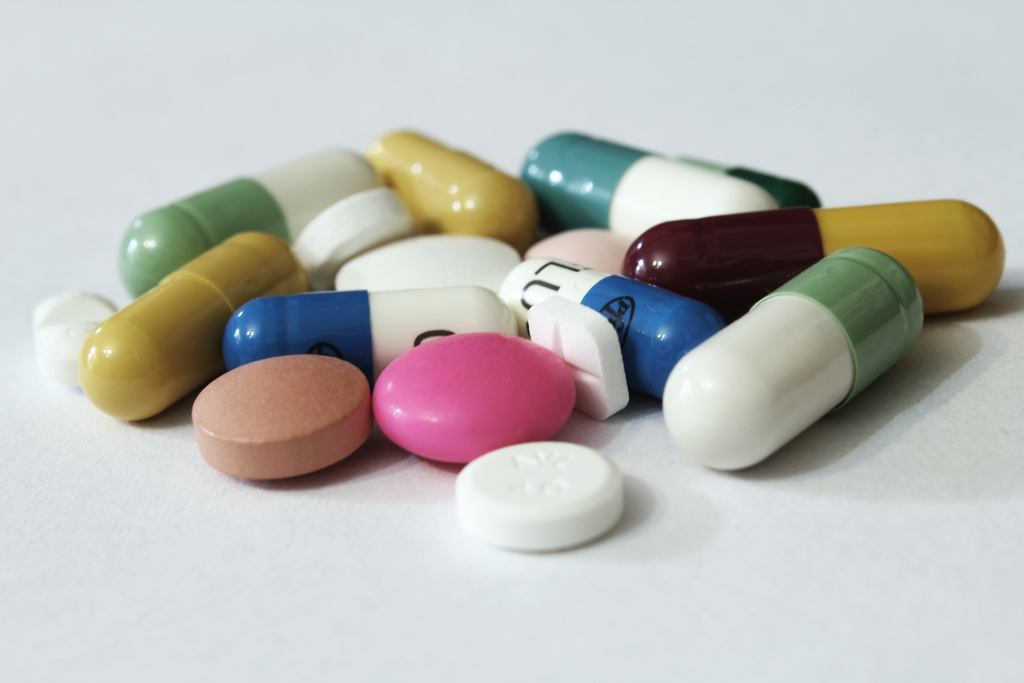
Big Food vs. Big Medicine: One Fluid, the Other Frozen
As consumers demand safer and more natural foods, the market is starting to comply. So why doesn’t Big Medicine do the same? Action Alert!
Consumers, according to the New York Times, have been leaving Big Food in droves, and are increasingly buying organic (not to mention free-range, cage-free, grass-fed, and/or locally sourced) foods.
December 8, 2015 | Source: Alliance For Natural Health | by
As consumers demand safer and more natural foods, the market is starting to comply. So why doesn’t Big Medicine do the same? Action Alert!
Consumers, according to the New York Times, have been leaving Big Food in droves, and are increasingly buying organic (not to mention free-range, cage-free, grass-fed, and/or locally sourced) foods. After years of denial, some in the food industry have finally decided to actually listen to consumers:
General Mills will drop all artificial colors and flavors from its cereals. Perdue, Tyson and Foster Farm have begun to limit the use of antibiotics in their chicken. Kraft declared it was dropping artificial dyes from its macaroni and cheese. Hershey’s will begin to move away from ingredients such as the emulsifier polyglycerol polyricinoleate to “simple and easy-to-understand ingredients” like “fresh milk from local farms, roasted California almonds, cocoa beans and sugar”….Brands such as Amy’s Kitchen, with its organic products, and Kind bars are taking some of the space on shelves once consumed by Nestlé’s Lean Cuisine and Mars.
Food manufacturers are acquiring healthier brands (for example, last year General Mills purchased Annie’s Homegrown—famous for its organic mac and cheese—for $820 million, over four times the company’s current revenues, a huge price). They are also introducing a tremendous number of gluten-free products, although these typically are overloaded with sugar.
All of this represents some serious damage control. Soda sales are down by 25%—because people are learning about how unhealthy sodas are, and are drinking more water. Orange juice sales have dropped 45%. It wasn’t long ago that people thought orange juice to be a health food. Now they realize that flooding the system with fructose (fruit sugar) is not a good idea, even if it’s natural fructose. Eating oranges is entirely different because of the pulp, which slows down the intake of the sugar.
In addition, consumers are replacing packaged cereals with yogurt and granola. McDonald’s overall sales figures have been in a huge downward spiral for three years. Sales of raw fruits and vegetables are up 10%, and freshly prepared foods in grocery stores are up by nearly 30%, despite the high cost. Consumers are voting every time they make a purchase at the grocery store—and every vote counts.
So if Big Food is gradually bending to new kinds of consumer demand, why is Big Medicine still resisting any change at all?
